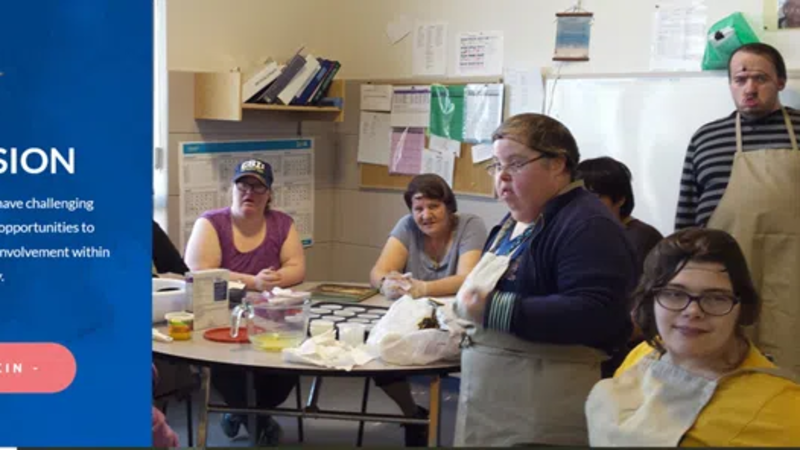
Wild pig researcher says the ‘ecological trainwrecks’ will soon move into PA National Park
One of Canada’s top experts on wild pigs is predicting the invasive creatures will soon be running amok in Prince Albert National Park (PANP).
Wild pigs made headlines recently when they were discovered inside Elk Island National Park near Edmonton, marking the first time the creatures have been documented in a national park.
Ryan Brook heads up the Wild Pig Research Project at the University of Saskatchewan. He has been tracking the rapid expansion of the invasive species across the Prairies for years.
“If you look at our maps, that’s obviously the next national park,” said Brook. “You get into large parks, like PANP, with so much wilderness and once in there, they can be very difficult to remove.”


